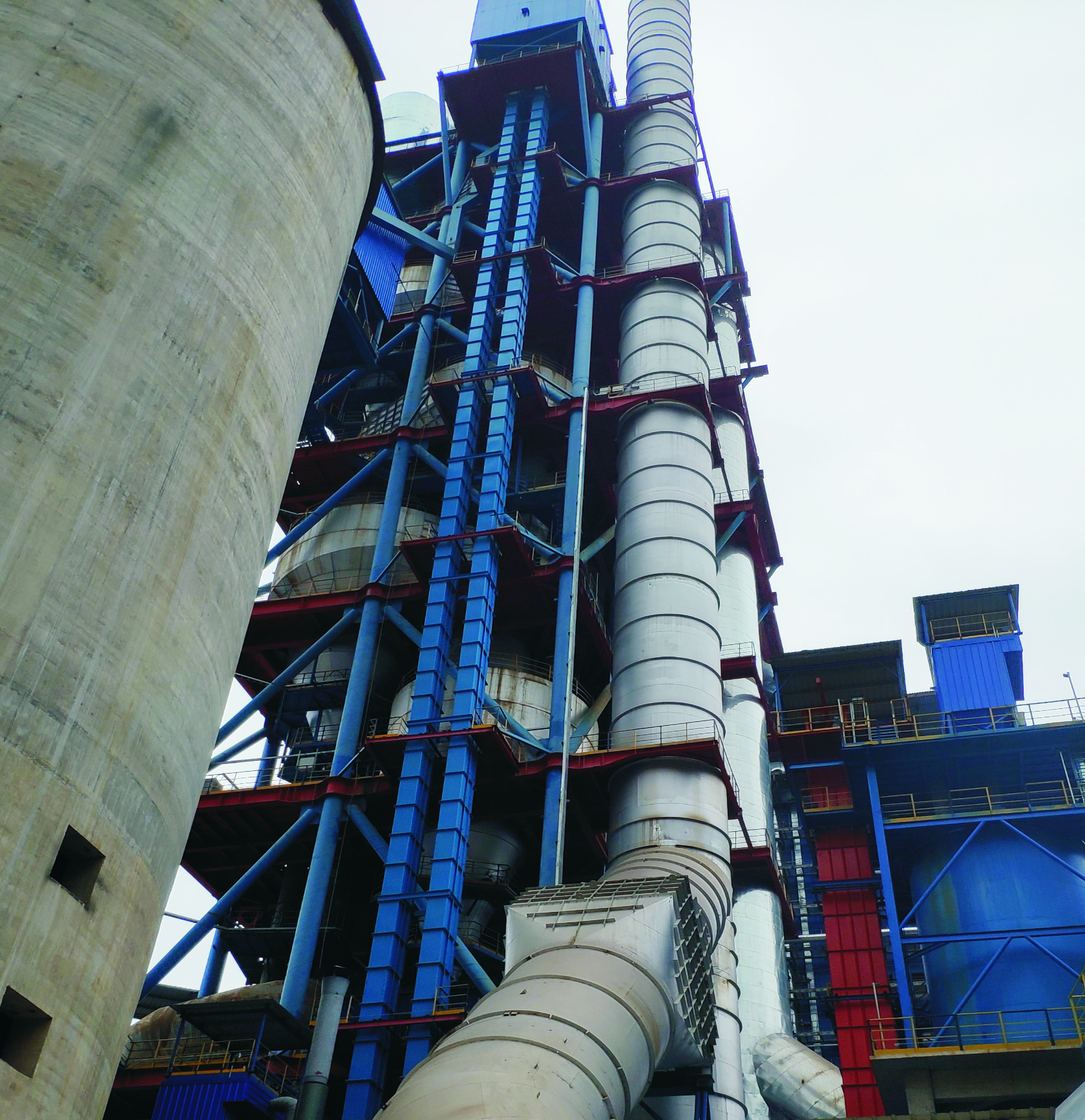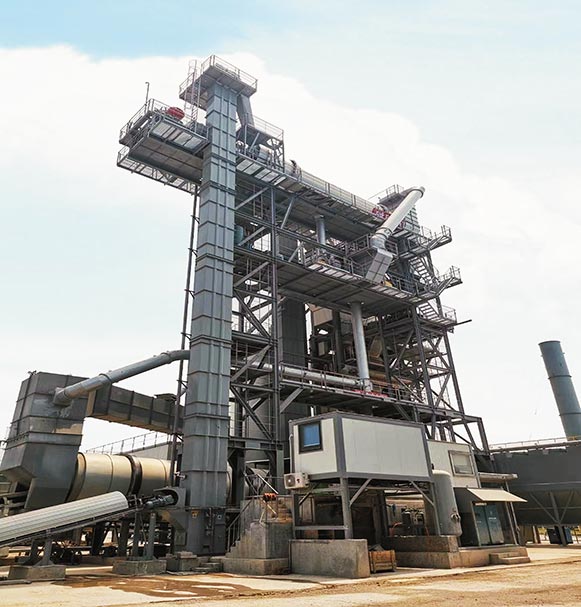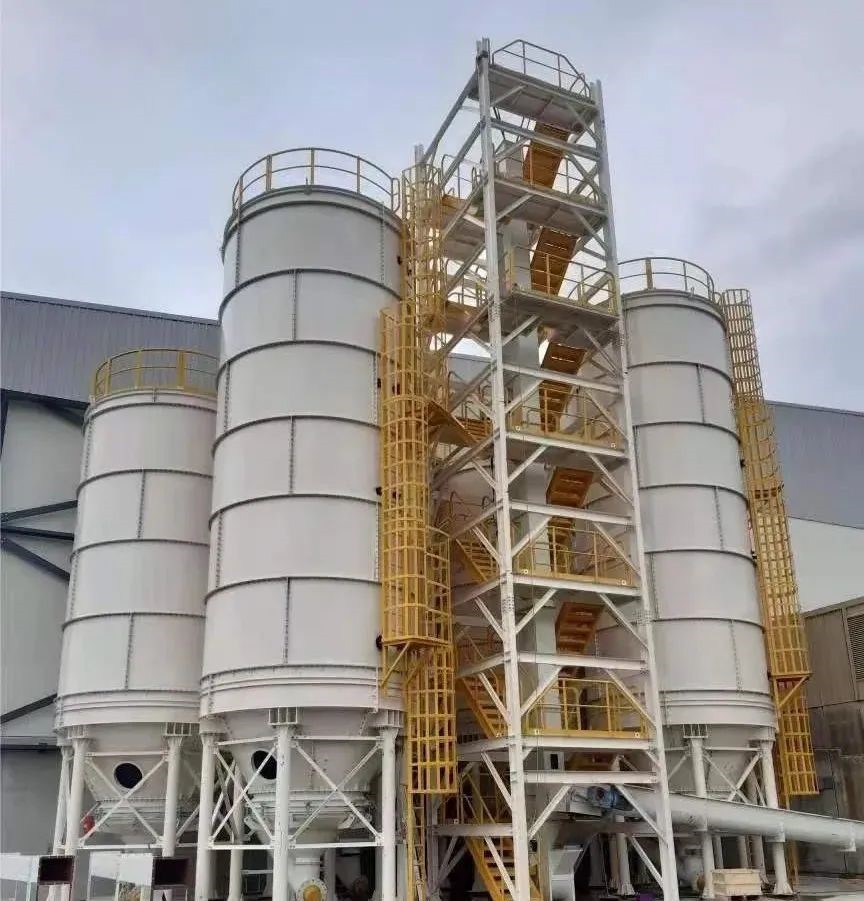头部邮箱+阿里巴巴
Welcome to Luwei official website!Tel:+86-592-7072928 E-mail: tina.ye@xmlwjx.com
A Closer Look at Belt Bucket Elevators: How Do They Work?
- Categories:News Center
- Author:
- Origin:
- Time of issue:2023-09-06
- Views:0
(Summary description)Discover the inner workings of belt bucket elevators and gain a deeper understanding of how they function. This comprehensive guide provides valuable insights into the operation, components, and advan
A Closer Look at Belt Bucket Elevators: How Do They Work?
(Summary description)Discover the inner workings of belt bucket elevators and gain a deeper understanding of how they function. This comprehensive guide provides valuable insights into the operation, components, and advan
- Categories:News Center
- Author:
- Origin:
- Time of issue:2023-09-06
- Views:0
1. Introduction: Understanding Belt Bucket Elevators
2. The Components of a Belt Bucket Elevator
3. How Belt Bucket Elevators Work
4. Advantages of Belt Bucket Elevators
5. Common Applications of Belt Bucket Elevators
6. Frequently Asked Questions (FAQs)
7. Conclusion
1. Introduction: Understanding Belt Bucket Elevators
Belt bucket elevators are powerful machines widely used in various industries for vertical transportation of bulk materials. This article delves into the inner workings and mechanics of these elevators, providing a comprehensive understanding of their operation, components, and advantages.
2. The Components of a Belt Bucket Elevator
A belt bucket elevator consists of several essential components, each playing a crucial role in its functionality. These components include:
1. Belt: The primary mechanism responsible for carrying the materials.
2. Buckets: Attached to the belt, these containers transport the materials vertically.
3. Head Pulley: Located at the top of the elevator, it drives the belt and controls its movement.
4. Boot Pulley: Positioned at the bottom, it provides tension to the belt and enables smooth operation.
5. Belt Tensioning System: Maintains the necessary tension in the belt for efficient operation.
6. Elevator Buckets: The containers attached to the belt, specifically designed to handle various materials.
7. Belt Tracking System: Ensures the belt stays aligned and centered during operation.
8. Bucket Elevator Casings: Enclosures that protect the materials and prevent spillage during transportation.
3. How Belt Bucket Elevators Work
Belt bucket elevators operate on a simple yet ingenious principle. The belt, with attached buckets, moves vertically, transporting materials from the bottom to the top or vice versa. The process involves the following steps:
1. Loading: The material to be transported is loaded into the buckets at the bottom of the elevator.
2. Belt Movement: The belt, driven by the head pulley, starts to move, carrying the loaded buckets.
3. Vertical Transportation: As the belt ascends, the buckets carry the materials upward.
4. Discharge: Upon reaching the desired height, the buckets tilt, allowing the materials to be discharged.
5. Return: The empty buckets return to the bottom of the elevator, ready for the next cycle.
The continuous cycle of loading, transporting, and discharging ensures efficient and reliable vertical transportation of bulk materials.
4. Advantages of Belt Bucket Elevators
Belt bucket elevators offer numerous advantages compared to alternative vertical transportation methods. These advantages include:
1. Efficient Handling: Belt bucket elevators can efficiently transport large quantities of materials, reducing the need for manual labor and increasing overall productivity.
2. Gentle Material Handling: The design of belt bucket elevators ensures minimal impact on the materials being transported, preventing degradation or damage.
3. Versatile Applications: Belt bucket elevators are suitable for a wide range of materials, including grains, aggregates, powders, and more.
4. Space-saving Design: These elevators can be compactly designed, making them ideal for installations where space is limited.
5. Easy Maintenance: With proper maintenance and regular inspections, belt bucket elevators can provide long-term, reliable performance.
5. Common Applications of Belt Bucket Elevators
Belt bucket elevators find applications in various industries, including:
1. Agriculture: Used for vertical transportation of grains, seeds, and other agricultural products.
2. Mining and Minerals: Ideal for conveying ores, coal, and other minerals.
3. Construction: Efficiently transports aggregates, sand, cement, and other construction materials.
4. Food Processing: Facilitates the movement of food products such as grains, nuts, and spices.
5. Chemical and Pharmaceutical: Handles the vertical transportation of powders, chemicals, and pharmaceutical ingredients.
6. Frequently Asked Questions (FAQs)
Q1: How much weight can a belt bucket elevator handle?
A1: The weight capacity of a belt bucket elevator depends on various factors such as bucket size, belt strength, and motor power. They can handle thousands of kilograms of material per hour.
Q2: Are belt bucket elevators suitable for handling fragile materials?
A2: Yes, belt bucket elevators are designed to handle materials gently, making them ideal for fragile items such as grains and seeds.
Q3: Can belt bucket elevators operate at extreme temperatures?
A3: Yes, belt bucket elevators can be designed to withstand high or low temperatures, allowing them to operate in challenging environments.
Q4: Are there any safety features in belt bucket elevators?
A4: Yes, belt bucket elevators are equipped with safety features such as emergency stop buttons, guards, and sensors to ensure safe operation.
Q5: How often should belt bucket elevators be inspected and maintained?
A5: Regular inspections and maintenance are crucial for the optimal performance of belt bucket elevators. The frequency depends on the specific application and operating conditions.
7. Conclusion
In conclusion, belt bucket elevators are essential machines for vertical transportation of bulk materials across various industries. Understanding their operation, components, and advantages provides valuable insights into their potential applications and benefits. With their efficient handling, gentle material transport, and versatile design, belt bucket elevators continue to play a significant role in modern industrial processes.
Scan the QR code to read on your phone
The Essential Role of Chain Type Bucket Elevators in Mining Operations
Key Benefits of Chain Type Bucket Elevators in Industrial Equipment
Enhancing Productivity with Modern Grain Storage Silo Solutions
Essential Information about Grain Storage Silos
Maximizing Space and Preserving Quality: Benefits of Grain Storage Silos
Unlocking the Potential of Grain Storage Silos: Key Information for Industrial Equipment Professionals

Scan and follow Lu Wei

Scan and follow Xiang Hao

Scan and follow Zhi Xiang
Xiamen Luwei Prefabricated
Steel Structure Co., Ltd Ltd.
Service Hotline:
+86 592-7072928 / +86 18150889219 (Tina Ye) (Overseas)
E-mail:tina.ye@xmlwjx.com
Registered address of the company:
Office Building 3rd Floor, No.608, Xinxia
South Road, Xinxu Town, Xiang'an District, Xiamen City
Factory Address:
E3 workshop, Factory 2nd Floor, No.608, Xinxia South Road, Xinxu Town, Xiang'an District, Xiamen City
Page Copyright: Xiamen Luwei Prefabricated Steel Structure Co., Ltd Ltd. 闽ICP备10205934号
Friendly Link: Alibaba







